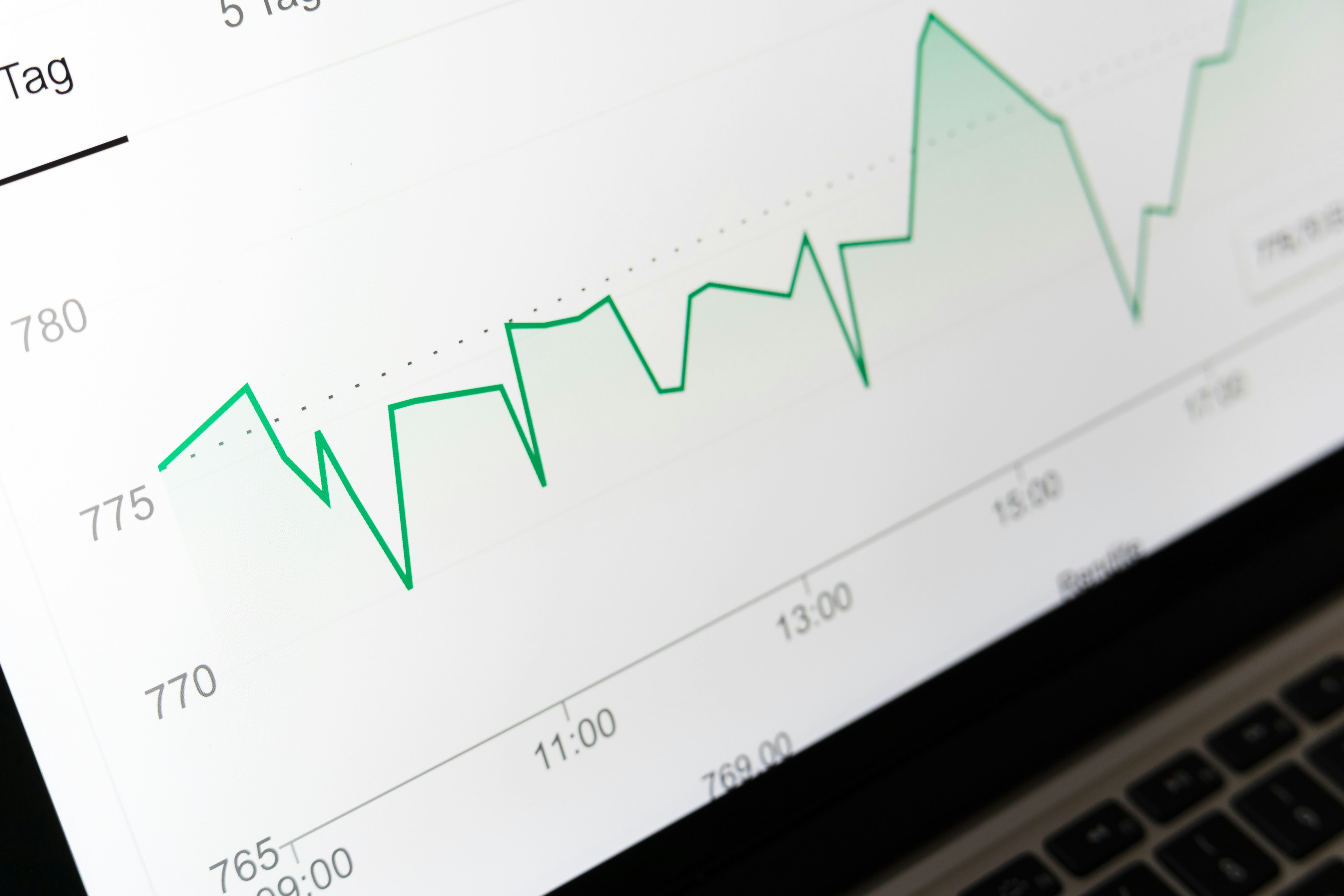Small Business Administration (SBA) loans remain one of the most advantageous funding options for small businesses in 2025. With competitive interest rates, longer repayment terms, and more flexible requirements than many traditional loans, they continue to be a cornerstone of small business financing. This comprehensive guide breaks down everything you need to know about SBA loans today.
What Are SBA Loans?
SBA loans are not directly issued by the Small Business Administration. Instead, they're provided by approved lenders (typically banks and credit unions) and partially guaranteed by the SBA. This guarantee reduces the risk for lenders, making them more willing to approve loans for small businesses that might not qualify for conventional financing.
The Major SBA Loan Programs in 2025
1. SBA 7(a) Loans
The 7(a) loan program is the SBA's primary lending program, offering loans up to $5 million for a variety of purposes:
- Working capital: For day-to-day expenses
- Equipment purchases: New or used equipment for your business
- Real estate acquisition: Purchasing commercial property
- Debt refinancing: Consolidating existing business debt
- Business acquisition: Buying an existing business
As of 2025, 7(a) loans have terms ranging from 10 years for working capital to 25 years for commercial real estate. Interest rates typically fall between Prime Rate + 2.25% to Prime Rate + 4.75%, depending on the loan amount and term.
2. CDC/504 Loans
These loans are specifically designed for major fixed asset purchases:
- Commercial real estate purchase
- Building construction or renovation
- Major equipment purchases with long-term utility
The 504 loan program involves three parties: a bank, a Certified Development Company (CDC), and your business. The bank typically covers 50% of the project cost, the CDC (backed by the SBA) covers 40%, and you contribute 10% as a down payment.
The maximum 504 loan amount is $5 million, with terms of 10, 20, or 25 years. The interest rates are generally lower than 7(a) loans, with the CDC portion having fixed rates near 3-3.5% as of early 2025.
3. SBA Microloans
For smaller needs, the Microloan program provides loans up to $50,000, with an average loan size of approximately $13,000. These loans are administered through nonprofit community-based organizations and are ideal for:
- Startups with minimal capital requirements
- Small businesses needing working capital
- Entrepreneurs from underserved communities
Microloan terms max out at 7 years, with interest rates typically ranging from 7% to 9% in 2025.
Eligibility Requirements for SBA Loans
While each SBA program has specific requirements, some general eligibility criteria apply:
- Your business must operate for profit
- You must have reasonable owner equity to invest
- You must have used alternative financial resources first
- Your business must qualify as "small" based on SBA size standards
- You must not be delinquent on any existing debt obligations to the U.S. government
As of 2025, the SBA has expanded its definition of small businesses in many industries, allowing more companies to qualify.
The Application Process
- Determine which loan program is right for you
- Find an SBA-approved lender – The SBA's Lender Match tool can help connect you with lenders
- Gather required documentation, including:
- Business plan and projections
- Personal and business tax returns (3 years)
- Personal financial statements
- Business financial statements
- Business debt schedule
- Business licenses and registrations
- Submit your application through the lender
- Wait for approval – Processing times typically range from 30 to 90 days
Tips for SBA Loan Approval in 2025
- Strengthen your credit score – In 2025, most lenders want to see a FICO score of at least 680
- Prepare a detailed business plan with realistic financial projections
- Be ready to make a personal guarantee and potentially provide collateral
- Demonstrate sufficient cash flow to make loan payments
- Work with an experienced lender who processes many SBA loans
- Consider using the SBA's new digital application portal, which has streamlined the process for loans under $500,000
Recent Changes to SBA Loans (2025)
The SBA has implemented several changes to their loan programs in recent years:
- Expanded eligibility for businesses in emerging industries
- Simplified applications for loans under $500,000
- Increased focus on underserved communities and first-time entrepreneurs
- Enhanced digital platforms for application submission and tracking
- New green initiatives offering favorable terms for eco-friendly business investments
Alternatives to SBA Loans
If you don't qualify for an SBA loan or need funding more quickly, consider these alternatives:
- Online term loans or lines of credit
- Equipment financing
- Invoice factoring
- Business credit cards
- Crowdfunding
Conclusion: Is an SBA Loan Right for Your Business?
SBA loans offer some of the most favorable terms available to small businesses, but they're not right for everyone. If you have strong credit, an established business (or a solid business plan for a startup), and can wait 1-3 months for funding, an SBA loan might be ideal. For businesses that need immediate capital or have significant credit challenges, exploring alternative funding sources may be more appropriate.
To determine the best fit for your specific situation, consider consulting with a financial advisor who specializes in business financing or reach out to your local Small Business Development Center (SBDC) for free guidance.



